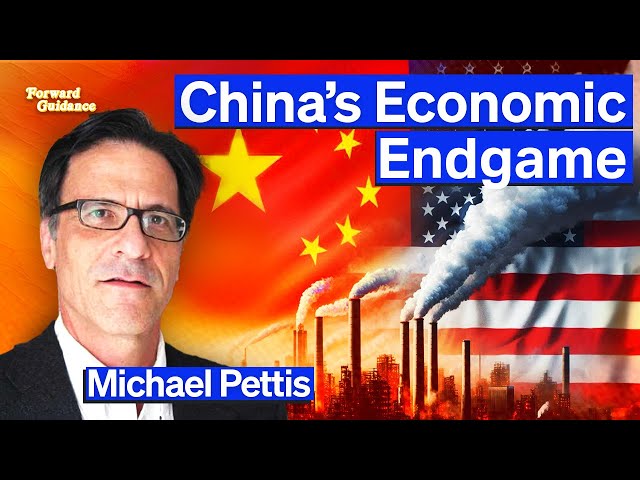Podcast Summary
In this episode, Neil Dutta, Head of Economic Research at Renaissance Macro, discusses the current state of the US economy, the Federal Reserve’s monetary policy, and the risks in the labor market. He also shares his views on inflation data, the potential for rate cuts, and the impact of these factors on the economy.
Key Takeaways
Federal Reserve’s Monetary Policy
- Fed’s Hawkish Stance: Neil Dutta notes that the Federal Reserve’s recent hawkish language and inflation revisions indicate a potential tightening of monetary conditions. He believes that the Fed’s rhetoric needs to change soon to avoid potential economic mishaps.
- Need for Policy Recalibration: Dutta emphasizes that a recalibration of monetary policy is needed. The longer the Fed waits, the more they may have to do later, potentially leading to economic instability.
Risks in the Labor Market
- Unemployment Risks: Dutta highlights the risks in the labor market, particularly the potential for nonlinear risks to build up if unemployment increases. He notes that the unemployment rate has increased to 4%.
- Inflationary Impulse: The inflationary impulse from the job market has halted, according to Dutta. He believes this is a key factor for the Fed to consider when setting monetary policy.
Inflation Data and Rate Cuts
- Disinflationary Pressure: Dutta emphasizes the importance of inflation data, which he believes will continue to show disinflationary pressure. He suggests that the Fed should respond to this data and not be reactive.
- Rate Cuts: Based on these factors, Dutta believes it is time for the Fed to cut rates, although he does not anticipate a full-fledged easing cycle. He suggests that the Fed may use the July meeting to set the markets up for a cut in September.
Political Implications and Economic Indicators
- Political Implications: Dutta acknowledges the potential political implications of cutting rates right before the election in November but argues that the Fed is in a difficult position regardless of their decision.
- Economic Indicators: Dutta discusses various economic indicators, such as real incomes, industrial production, consumer spending, and corporate earnings, which have generally been on an upward trend.
Sentiment Analysis
- Bearish: Dutta expresses concern about the current state of the US economy, particularly regarding the rising unemployment rate and the potential for nonlinear risks in the labor market. He also shows skepticism towards the Federal Reserve’s hawkish stance and the potential negative impact on the economy if the Fed does not adjust its monetary policy soon.
- Neutral: While Dutta acknowledges the risks in the economy, he also points out that certain economic indicators have been on an upward trend. He believes that the economy is not falling apart but rather slowing down, suggesting a balanced view of the current economic situation.












